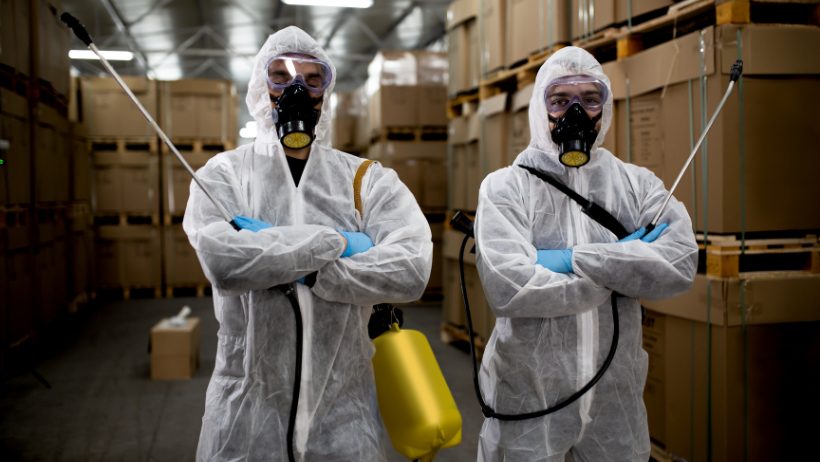How Industries Are Becoming More Sustainable
In an era marked by a growing awareness of our impact on the planet, industries across the globe are undergoing transformative changes to become more sustainable. Sustainability has moved beyond being a buzzword; it’s now a critical business imperative. This article explores the ways in which various industries are embracing sustainability and taking significant steps to minimize their environmental footprint.
1. Energy Efficiency Enhancements
Industries are investing heavily in energy-efficient technologies and practices. Upgrading machinery, optimizing manufacturing processes, and implementing intelligent building management systems are just a few examples. These measures not only reduce emissions but also lead to substantial cost savings by decreasing energy consumption and waste.
2. Circular Economy Practices
Embracing the circular economy concept, industries are redesigning their products and processes to minimize waste and emissions throughout their lifecycle. This includes designing products for easy disassembly and recycling, reusing materials, and implementing efficient recycling processes. By extending the lifespan of products, industries reduce the need for resource extraction and minimize emissions associated with manufacturing.
3. Sustainable Supply Chains
Industries are working closely with their suppliers to promote sustainable sourcing practices. Sustainable supply chains involve selecting suppliers with strong environmental credentials, reducing the carbon footprint of transportation within the supply chain, and ensuring products are produced with minimal environmental impact. Sustainable supply chain practices contribute to emissions reduction and enhance a company’s environmental reputation.
4. Carbon Offsetting Initiatives
Many industries are taking responsibility for their emissions by investigating these carbon solutions or participating in carbon offset programs. These programs involve investing in projects that either remove or prevent an equivalent amount of carbon dioxide from entering the atmosphere. Projects range from reforestation and afforestation to renewable energy installations. Carbon offsetting allows industries to balance their emissions and move toward carbon neutrality.
5. Environmental Stewardship
Many industries areinvolved with initiatives such as wildlife habitat preservation, restoration of natural areas, and responsible land development practices. Industries are increasingly cognizant of their impact on local ecosystems and work towards minimizing harm while actively contributing to biodiversity conservation.
6. Innovation and Research
To drive sustainability efforts further, industries are investing in research and development to discover new technologies and practices that reduce their environmental footprint. Whether it’s developing advanced materials, creating carbon-efficient manufacturing processes, or exploring innovative transportation solutions, industries are committed to finding cutting-edge ways to mitigate their impact on the environment.
7. Transparency and Reporting
Transparency has become a key component of sustainability efforts. Industries are increasingly open about their environmental impact and progress toward sustainability goals. Many companies publish sustainability reports that detail their carbon emissions, energy usage, and other environmental metrics. This transparency not only holds companies accountable but also allows stakeholders, including customers and investors, to make informed decisions based on a company’s sustainability practices.
Conclusion
The transformation of industries towards sustainability is an encouraging and necessary development in our modern world. These efforts are driven by a deepening understanding of the environmental challenges we face and the realization that responsible business practices are essential for long-term success. Companies that prioritize sustainability are better positioned to thrive in an environmentally conscious world, build stronger relationships with customers and stakeholders, and contribute to a healthier planet for future generations.

